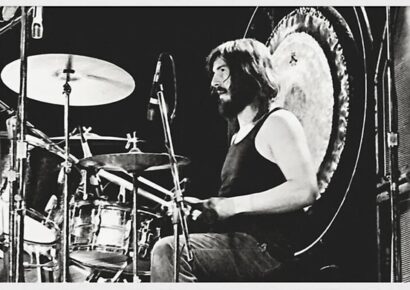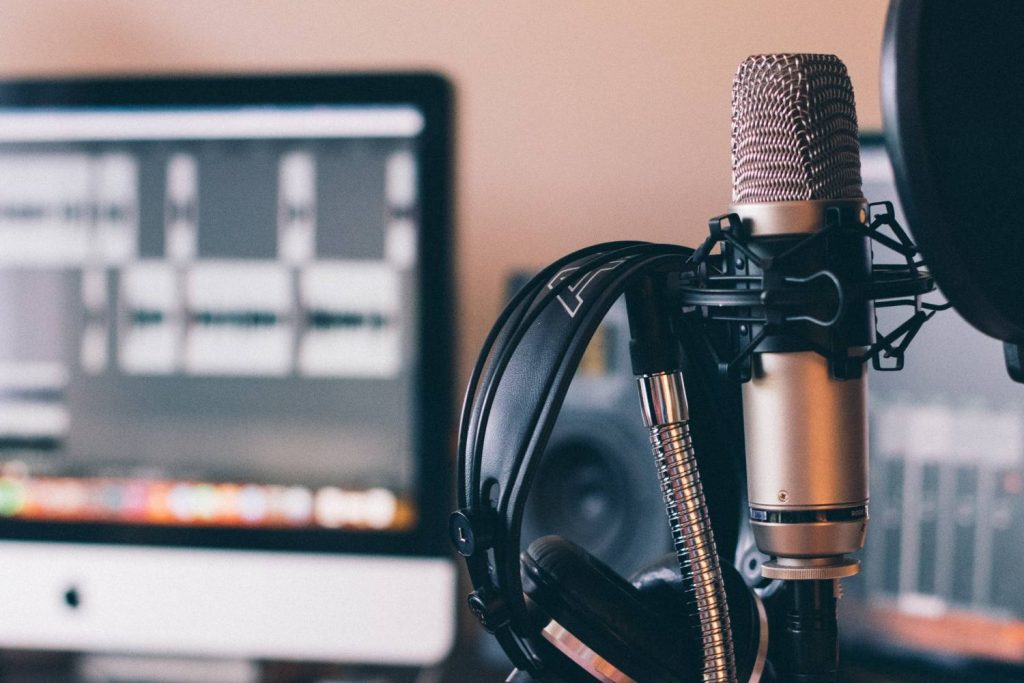Matt Schofield is a modern master of the blues.
Matt Schofield is a stellar example of a player who employs chops and technique, but melds it together with groove, feel and attitude. Not unlike guitars heroes Stevie Ray Vaughn and Robben Ford, Schofield has an instantly recognisable sense of melody, bending into and out of notes, his vibrato especially on show in the intro to “What I Wanna Hear”, this song also demonstrating his penchant for jazzy chords and progressions.
Matt Schofield
GUITARS
1961 FENDER STRATOCASTER
This was and always will be Schofield’s number one. The guitar remains all original except for a re-fret with 6100 fretwire, the second tone knob wired to the bridge pickup, and replacement vintage-style saddles. This guitar was used on every single record Schofield has made so far, but unfortunately no longer travels with him on international tours. Schofield says the guitar has had too many close calls with airline baggage handlers over the years, and that its hard touring days are over. Understandably so; the guitar is worth a fortune on its own.
Read all the latest features, lists and columns here.
SVL SIXTY-ONE ‘DAYTONA’
Schofield’s main touring guitar is more or less a faithful recreation of his original ’61 Strat. Being good friends with Simon Law from SVL Guitars, the pair managed to “decode the ’61’s DNA” to build a guitar that would fully rival or even outclass the original. The Daytona is constructed with an alder body, maple neck, and Brazilian rosewood fretboard with all vintage specifications – the only alteration being a compound radius fingerboard, flattening out from 7&1/4 to 91/2 after the 12th fret.
The Daytona’s name was inspired from its distinctive blue paintwork, as seen on vintage Ferraris with the same name. Schofield usually tours with two colour variations of the Sixty-One: the deep blue Daytona, and an unnamed Sixty-One in a three-tone sunburst.
SVL FIFTY-NINE
This guitar boasts similar specs to the Sixty-One, but is equipped with a hardtail configuration and finished in gorgeous see-through translucent blonde. Schofield was even fortunate to get this guitar signed by one of his guitar heroes – B.B. King – before his passing in 2015.
SVL SIXTY-CUSTOM
You would be hard-pressed to find Schofield playing a T-style guitar on stage these days, but if you do, you can bet he’ll be playing this gorgeous Sixty-Custom from SVL Guitars, finished in striking tuxedo black with creamy white binding on both edges. This guitar was built as a replacement for Simon Law’s original 1969 Telecaster which Schofield “borrowed” for numerous years, and is loaded with Lindy Fralin Blues Special pickups.
AMPLIFIERS
1964 FENDER SUPER REVERB AMPLIFIER
Much like Schofield’s original ’61 Strat, this beast of an amp rarely sees much stage action these days. This amp has seen use across most of Schofield’s records, loaded with four Celestion G10 Gold speakers – undeniably a paragon of amplifier tones.
TWO-ROCK MATT SCHOFIELD 50 SIGNATURE AMPLIFIER
Since 2005, Schofield has almost been exclusively playing through Two-Rock amps, both on stage and in studio. After cutting his teeth on both versions 1 and 2 of Two-Rock’s Custom Reverb Signature, the folks at Two-Rock collaborated with Schofield to build his very own signature model. As it name suggests, the Matt Schofield Signature 50 is a 50-watt single channel amp with dual GZ34 rectifiers and a gorgeous valve tremolo.
TWO-ROCK CLASSIC REVERB SIGNATURE
In recent times, Schofield has been seen playing through an updated Two-Rock Classic Reverb Signature. The beautiful amp with its plethora of functions is comprised of a 100-watt head powered by 4x 6L6 tubes, going through a 4×10 cab – a stone’s throw from Schofield’s Super Reverb roots.
EFFECTS PEDALS
FREE THE TONE MS SOV SPECIAL
Schofield’s signature SOV-2 overdrive from Free The Tone has been a major component of his immense Stratocaster tone over the years. According to ThatPedalShow, Schofield was looking for an overdrive that would complement a Strat’s bridge pickup, and found the SOV-2’s mid-focused frequencies to suit that description perfectly.
MAD PROFESSOR ROYAL BLUE OVERDRIVE
Schofield has a penchant for adjusting his guitar’s volume knob for a variety of overdriven tones, and the Royal Blue Overdrive is a perfect companion for his dynamic style of playing. While Schofield has delved into other overdrives in the past – such as the Vemuram Jan Ray, Klon Centaur, and Free The Tone Jasper – only the Royal Blue Overdrive has survived the test of time.
MAD PROFESSOR DEEP BLUE DELAY
Schofield runs a pair of Deep Blue Delays in his chain. One set for a slap-back delay, and the other for longer delays with a handful of repeats. The slap-back delay is constantly engaged throughout the gig; one of Schofield’s tone-expanding secrets.
MAD PROFESSOR SUPREME
Schofield has recently been trialling Mad Professor’s latest experiment – a fusion of the Royal Blue Overdrive and the Simble, a dual dumble-esque overdrive. Currently, it features two separate engagement modes, separate and stacking. We can expect to see the Supreme available in early July, as teased by Mad Professor on their Instagram page.
However, with all that in mind; a recent interview with Schofield sees the venerable bluesman cutting down his board to a mere two pedals – the Supreme (seen here in a Mad Professor “Double Royal” prototype casing) and a Sonic Research ST-200 strobe tuner.
As for reasons why; here’s what Schofield had to say.
“I get my tone through how I play, is the basic explanation. There’s too much focus on gear these days, and everyone thinks you can buy tone. What you’re hearing when someone has a good tone is somebody who plays well – it’s as simple as that. Again, I don’t want it to be about the gear, I want it to be about the music, even more than guitar.”
An excellent closing reminder for us gearheads – sometimes the pursuit of the (often unattainable) “perfect tone” detracts us from the reasons why we play music in the first place.
Keep up with Matt Schofield here.







